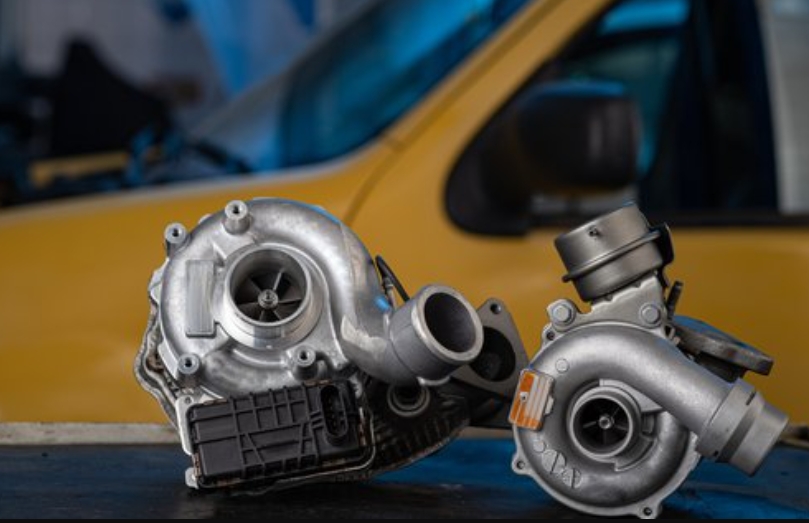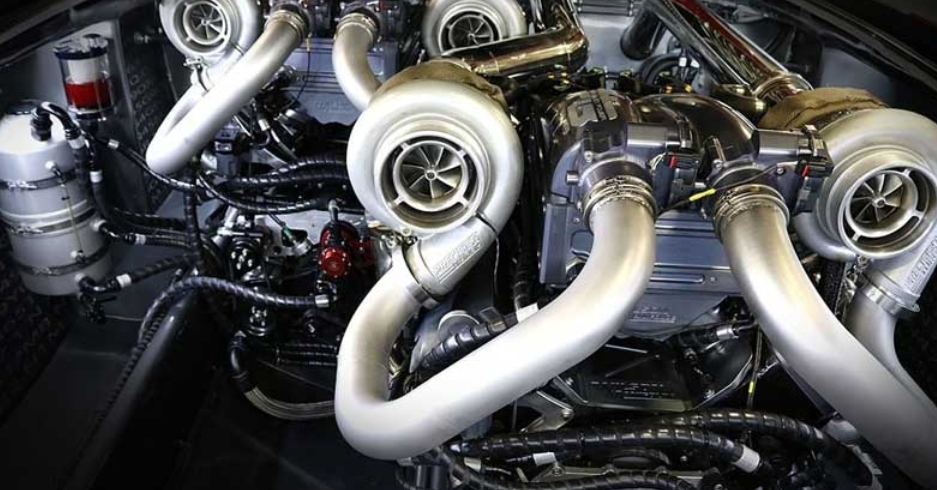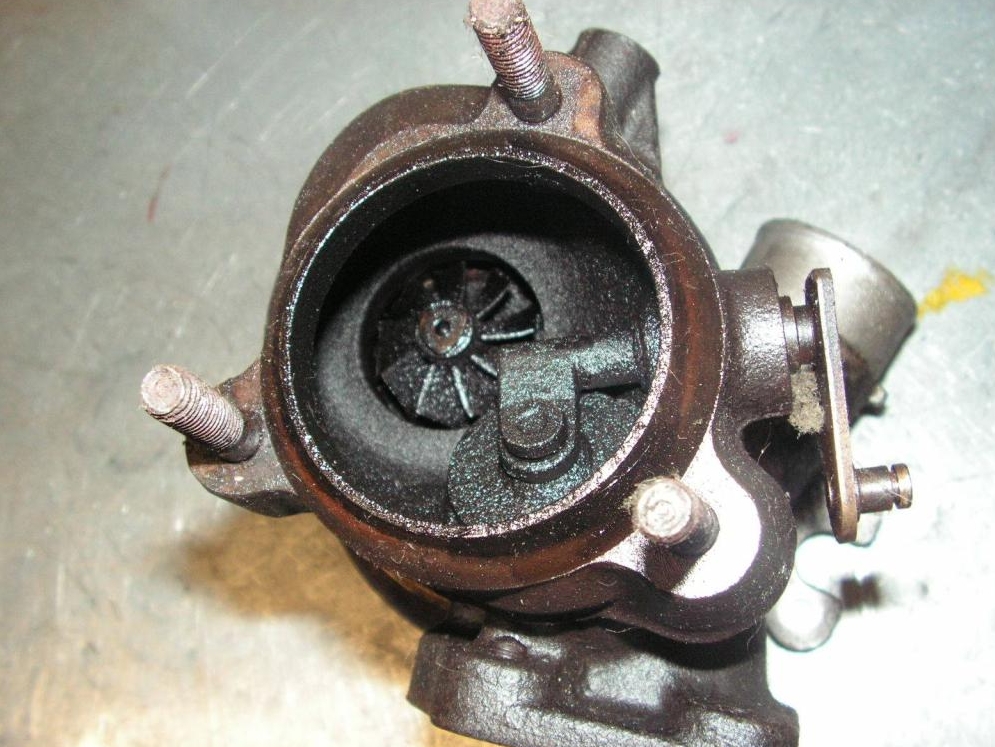
How To Maintain A Car Turbo?
Do you want to know how to maintain your vehicle’s turbo in order to extend its life? Find in our article all the advice to improve the life of your turbo!
This is a question that will undoubtedly be of interest to many people. Indeed, the turbocharger remains an expensive part which has a major influence on the behavior of your car.
Different turbocharger manufacturers like Garrett, IHI, KKK or Mitsubishi give different guidelines depending on the specific turbine model. Nevertheless, several aspects of how to take care of a turbocharger still remain the same. This is what we will explore in this article.
What are the factors influencing the life of a turbo?
- Choosing the right engine oil
Engine oil is the first and most important factor influencing the life of a turbocharger. The technology of synthetic oils has evolved from those produced several decades ago, which allows better lubrication of engine components.
Even if the properties of the oils are not yet sufficient to ensure optimal operating conditions of the power unit from the first moments of start-up, they are an essential element for its proper functioning.
That is why it is very important to ride calmly, without going up in the turns, the first kilometers. Indeed, the turbocharger must reach a certain temperature (approximately 90° Celsius), after starting the engine, for optimal operation.
- Let the engine run before stopping completely
After a journey and before your vehicle has come to a complete stop, the turbocharger should be allowed to cool by running the engine for around 2 or 3 minutes. Indeed, a sudden stop of the engine work cuts off the oil supply and causes a lack of lubrication of the turbo.
- Maintain your car in accordance with the recommendations
You must always ensure that you follow your manufacturer’s recommendations for the periodic maintenance of your vehicle. It is important to replace the various filters, in particular the oil and air filter, which can contribute to environmental pollution, and in its wake, have an impact on the turbocharger. Depending on the manufacturers, the oil change should be done every year or every 10,000 or 15,000 kilometers. If you use your car in “severe” conditions or in a dusty environment, the interval between maintenance will be reduced.
To recap, it is by following your manufacturer’s recommendations, using high-quality engine oil, stressing your engine as little as possible when starting and letting it run for a few minutes before coming to a complete stop that you will increase the duration of life and your turbo while benefiting from optimal performance.
Turbochargers increasingly common in vehicles
In recent years, we have witnessed the development of vehicles with turbochargers in both diesel and gasoline models. This is particularly due to the fact that manufacturers are designing ever smaller engines (downsizing technique) in order to reduce polluting gas emissions and consumption. In order to increase the performance of this type of vehicle, a turbo is grafted onto the engine. Torque is thus available at both low and high revs.
This is why the turbo is becoming an almost indispensable part in all modern internal combustion vehicles.
What is the cost of repairing the turbocharger in the event of problems?
Despite following all the recommendations, it happens that the turbo drops in performance or breaks. At this point, the car part in question should be replaced. The cost of repairing or refurbishing a turbo will reach a few hundred euros. The price will depend on the sophistication and the model of vehicle to which it will adapt.



